I know they say you can’t go home again. I just had to come back one last time.
– Miranda Lambert, artist – Allen Shamblin, Tom Douglas songwriters
More than anything, “The Ranch” is the story of my family. The ranch, the place, and The Ranch, the story. So many impressions of both are imprinted in my brain and body. My father bought the ranch in the early 1960s before I was born, but its origins are unclear. Some say he bought the ranch as a way to reduce estate taxes when his first wife, Margaret, died. Some say he bought for their three children in her memory. What is indisputable is that it was a living trust, his while he was alive, passing to his and Margaret’s three children immediately upon his death. The most recent story I heard was Margaret made him create the living will born of knowledge of his sweeping spending habits. All are most likely true.
It’s probably best to take care of this right out of the gate. I am one of seven siblings. We all have the same father, but there were three different mothers. He had three children with his first wife, Margaret, who died when she was 29 when the children were seven, five, and three. He married my mother, Virginia, and they had me and my younger sister, and divorced when I was three. He had two more children with his third wife, Susan, and they were married for 35 years before he died. The age range is 62-35. We are much closer than this description – you will notice I did not call them my step-siblings. We look enough alike that my father liked to say, “a good bull leaves its mark.”
My father, at age 17, inherited millions of dollars in 1949 when his father died. The exact figure is unknown, but even one million dollars in 1949 is fantastical to imagine. Some of the money went to buying and outfitting the over 2,000 acre ranch, about an hour outside of Houston, on the banks of the Brazos River. Known as Riverbank Ranch, it was a working cattle ranch with the main ranch house and nearby hay barn for our family and the light blue foreman’s house within sight of ours with its hen house, garden, barns for horses and tractors, and cattle pens for branding. My mother created the Riverbank Ranch brand – two parallel stretched out “S”s to look like a river. The Riverbank Ranch brand was found everywhere – in thick wrought-iron curtain rod ends in the ranch house, and on playing cards, cups, notepads, and napkins. My father loved the ranch and the brand so much he had cufflinks made of the brand, and they were an honored gift to those who married into the family.
Any time I smell hay, no matter where I am, it immediately brings back the ranch. It smells as it looks, kind of green and kind of yellow, dusty, musty, and fresh at the same time, a little scratchy. My older siblings grew up at the ranch, baling hale, working and branding cattle on the weekends. My father thought it was a good way to keep them out of trouble as teenagers. During the week they were at an old Houston private school and during the weekends, they were at the ranch. The foreman, Martin Sampson, and his children were unofficial surrogate father and siblings and taught them how to do everything on a working ranch. More the “overseeing land baron,” my father bought cattle and rode around the ranch in his Suburban, not horseback. My siblings were excellent riders and also a little reckless as they were under no direct supervision when not working cattle. According to Martin’s daughter, referring to them, “They were so wild they thought nothing of racing horses bareback at night when the horses could have stumbled into holes or thrown them in the middle of nowhere.”
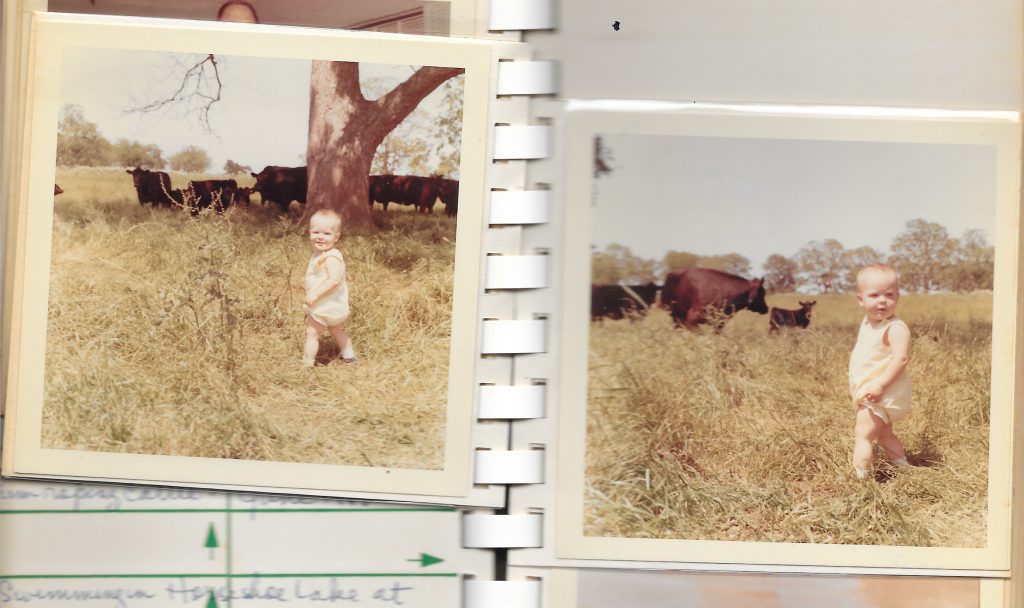
My earliest memories of the ranch are of wandering among the cows and “swimming” with my father holding me in the cow troughs and of the windmill winding above in the usually bright blue sky on blindingly hot Texas days. My younger sister and I “rode” Present and “Upico” – who knows what that horse’s real name was, but that’s what we called him. Present was a gentle pale brown mare with a dark brown mane and tail. Upico was a big white gelding with flecks of grey, a horse the adults clearly felt comfortable enough letting little kids ride. To this day I love horses in a deep part of my being. I’m not a good rider, but I love being around horses. My mother was washing a horse when her water broke, signaling my sister was about to be born. That’s the earliest theory as to why that baby grew up to become a veterinarian.
After she married my father, my mother took us to the ranch where she mainly cooked and entertained guests with my father. My father was genuinely funny and used to having a good time, and my mother was a good partner for that. They hosted friends and spouses who liked to hunt deer and duck and cooked big vats of award-winning chili, grilled quail wrapped with bacon, and served venison sausage with jalapeno cornbread. The “big house” was not that big and was quite rustic. In the early 60’s I suppose it was luxurious as a ranch house. Daddy special ordered the huge, carved wooden front door from Spain so the entrance was commanding. I can still feel the heft and click of that door. The entire house felt appropriately like a hunting lodge – wooden and tile floors, heavy dark wood paneling, a formal dining room with a long wide wooden table that looked like something out Henry the VIII might have eaten on, big wooden chairs, and a large fireplace. Beheaded and taxidermied deer, elk, sheep, and a full bear skin were pinned to the walls. The massive wooden furniture filling the house was also from Spain.
The master bedroom was not that big but had a tiered shower and tub in tiny blue tile that my father based on his time in Japan. It opened to the back yard to shower outside if desired. Bunk beds with brown and red flannel blankets on them were in one room and a king-sized bed in the other. Those rooms shared a bathroom and a spacious shower with a high, powerful, rainfall shower head before that was a thing.
The kitchen was as tiny and cramped as the main room where all the action took place was big. A five-foot fireplace flanked by rough stone and built-in bookcases was the natural focal point and gathering place. A comfy couch faced it and the mantle with a big photograph of a full-sized Texas cowboy looking down with his hat tipped, legs and boots crossed, and the sun fading behind him with cattle in the background. I always secretly thought it was Martin. The pictures from those days show lots of laughing couples in jeans and flannel shirts, groups of men in the middle of telling stories and silly antics, and even my patrician grandmother smiling and kneeling above the seven ducks she killed.
“Dreams are the touchstones of our characters.”
– Henry David Thoreau
Dreams while sleeping can be vivid or veiled, joyful or terrifying, and include memories, feelings, and thoughts. Scientists agree that we dream, and it has been determined to occur during rapid eye movement (REM) sleep, not just any time we sleep. What remains unclear is why we dream. In Kendra Cherry’s September 28, 2019, article “7 Reasons Why We Dream” posted on Verywell Mind, readers learn from Scientific American that “..a possible (though certainly not proven) function of a dream [is] to be weaving new material into the memory system in a way that both reduces emotional arousal and is adaptive in helping us cope with further trauma or stressful events.”
Freud, of course, is the first person many people think of when considering dreams. Freud famously believed dreams to be “…disguised fulfillments of repressed wishes.” Patients in psychoanalysis are encouraged to try to make connections between dreams and thoughts in safe environment to explore what may be difficult or taboo subjects. Although many devoted Freudians remain, his dream interpretation hypothesis has been challenged. Cherry’s article details several other theories.
• Activation-synthesis model of dreaming (J. Allan Hobson and Robert McCarley in 1977). In this theory, brain circuits responsible for emotions, sensations, and memories are activated during REM sleep. The resultant dreaming is the brain searching for meaning in the signals. Cherry quotes Hobson as saying that dreaming is “…our most creative conscious state, one in which the chaotic, spontaneous recombination of cognitive elements produces novel configurations of information: new ideas. While many or even most of these ideas may be nonsensical, if even a few of its fanciful products are truly useful, our dream time will not have been wasted.”
• Information processing is very similar to the activation-synthesis. This theory rests on the fact that sleep allows us to process the information accumulated during the day and dreaming may be a way of the brain creating narratives to go with all the incoming information.
• External stimuli are a way for the brain to incorporate actions outside of the person in REM sleep by having a radio on in the dream if it the dreamer actually hears one somewhere.
• Computer metaphor is the idea that dreams are like a computer cleaning up and organizing before shutting down, removing the clutter to be ready for the next day.
There is a lot of overlap in these theories. I agree with the contemporary consensus: the dreamer’s emotions guide the weak connections between thoughts and ideas generated by the brain during REM sleep.
The ranch had slave quarters on it: three brick buildings close together without a floor. I didn’t know what they were at first, then they became a fascination, then the history hit. I wanted to preserve them for history, but that suggestion was dismissed as a stupid idea, and they were rarely discussed outside of a destination or location. None of the people who worked at the ranch were African- American but an African-American community, Sunnyside, was right next to it. Martin, the Riverbank foreman, was also the county constable, and we heard his radio cracking all the time.
My parents divorced when I was three and my sister Laurence two. We were too young to understand much beyond the fact that we lived somewhere else now. My mother says my father later told her he filed for divorce to “teach her a lesson.” Apparently she was being a less than adoring wife to a man who left her an hour after I was born to go hunting out at the ranch. She believed him when he said he filed, and she filed too. We lived two blocks from each other and saw him regularly – for dinner and ice cream at least once a week. My siblings came over regularly too. And we still went to the ranch with him – where Martin and his family could watch us. The older siblings were 10, 9, and 7 years older than me, so they were largely gone in college or with high school friends so we were with Martin and his family.
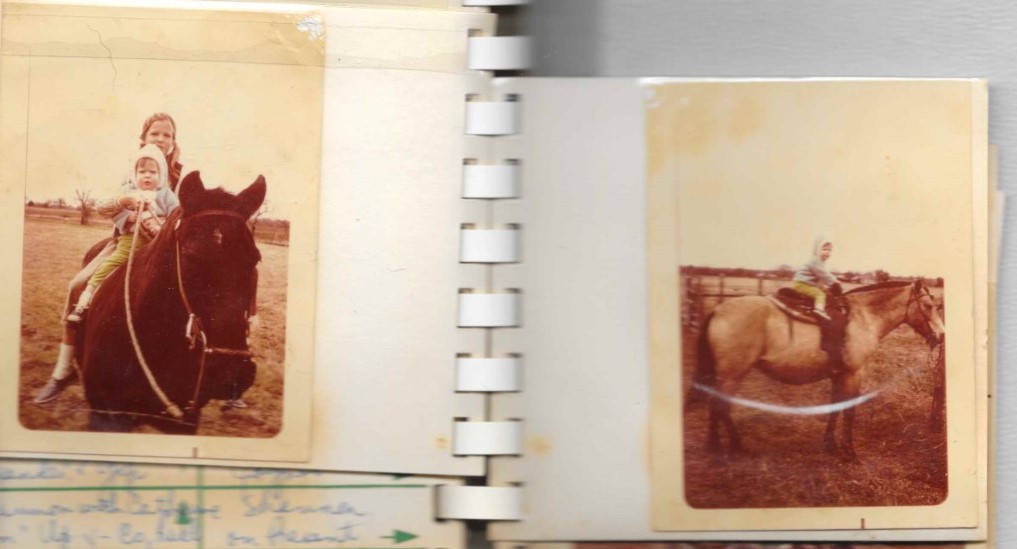
We did not work cattle – we had our horses saddled for us and rode with weathered and – even though they were young – wrinkled, ranch hands who I’m sure thought highly of that duty. I think I will always see and smell that horse barn. One of my favorite places in the world. I loved the horses but was wary of being kicked – the others walked among them with ease. I remember tall, skinny, smiling Ricky; short, scowling, smirking, glasses- wearing Wally, saddling the horses and helping us up to ride. Laurence and I were so excited each time.
I now understand watching Martin, his children, and the other ranch hands work was a privilege. The partnership between cowboy and horse makes it particularly painful to look back and think what those ranch hands must have been thinking as they saddled horses for these young entitled kids who did not need to work for a living. To say it was like a rodeo, or scenes from Lonesome Dove does the work a disservice. The cowboys’ horses ran flat out stopped and wheeled around on on a dime as the cowboys corralled the cattle, roping, cutting them off, or reuniting them with the pack as appropriate. They worked together like a well rehearsed symphony each doing their assigned part, well-timed “whoooaas” and “yipeees” replacing the strings, and solos performed by cowboys jumping on and off their horses. The cowboys branded or inoculated terrified and angry bawling cattle – they put the herd one by one into a tight chute, branded or gave the medicine and then let them go back into the herd. In many ways, the story of The Ranch is the dissolution of many different ways of life.
Laurence and I mostly rode around in the truck, trying hard to not be noticed. We opened and closed a lot of gates. In the evenings we were covered in coats and stuck in the back seat of the car as Martin and others went hunting. To this day, I’m not even sure for what. They said raccoons, but I find that hard to believe. We stayed very quiet with our eyes and ears wide open and did.not.move. Or talk. We saw and heard the guns.
We also heard him and others use the n____ word with regularity. With Martin, it was a swear. From my father, it was him trying to be “big.” He was on the board of Texas Southern University, one of the largest Historically Black Universities in the country. I don’t believe he was on the board out of the goodness of his heart. He was an elected judge, so the more likely explanation was that it was political. He used the n_____ word mostly near the end of his life when I’m sure it was to make himself feel better about how far he had fallen financially, to better distance himself from people who were “truly poor and ignorant” (his beliefs, not mine). We asked and told him not to, and then I think he did it just to bother us. It ended phone calls.
I am 100 percent sure Martin ran that county with impunity and terrorized the Sunnyside community. If he terrified us, who he, in some ways, worked for, he absolutely terrorized the people he considered were breaking the law. I try to hold in my head a person I loved as a father and who was an important person in my family’s lives, who adopted a lot of kids, who provided for many others and was a community stalwart along with the reality of a person who committed atrocities (none specific that I know of but, still, am sure of) on communities of color. I can hear him say the n____ word clear as a bell.
The slave quarters stood because there was a Texas Historical Marker outside the entrance to the ranch. We only knew and told our guests to turn in to our driveway when they saw that marker. The plaque noted that Norris Wright Cuney had been born there and that he was the first black postmaster general in the nation. That was the extent of what we knew. And we didn’t look further. Turns out we didn’t even have that right.
My father married a third time, when I was nine, and his wife, Susan, updated the ranch. She installed Laura Ashley bedding, replaced the bunk beds with a queen, hung pretty white curtains, bought big leather furniture, and used pottery and plates from Mexico to brighten up the original hunting lodge. She didn’t hunt, but Daddy and Susan spent extended amounts of time at the ranch, living there not just on weekends and she had book clubs, and they had a wine club. She had a watercolor painting made of the slave quarters and hung it in the house. When Daddy married Susan, Laurence and I stayed with them and did not spend as much time with Martin. We still rode but spent more time playing games and cooking. Susan and Daddy were both good cooks and loved to cook together. She was a very good cook a la Martha Stewart and everything was perfect. They had my two youngest siblings, and a woman named Esperanza helped Susan with her two little children and everything else, including cooking.
My whole life, with two exceptions I can think of, we all gathered at the ranch for Thanksgiving. It was the only time all seven siblings were together, and due to the 27 year age range, after a while the older siblings were married. Thanksgiving was my father’s and our favorite holiday, in no small part because his birthday was November 28, and we celebrated both every year. Our group, about 25 with the spouses, some (grand)children, and some of Susan’s family, outgrew the ranch house. Susan added two trailers to increase bedrooms and kitchens. Even with that extra space, a sister always rented an RV to house her six-person family. They stationed it near the lake so the kids had space to run around and stay away from the Big House. They hosted a dinner one night to relieve the cooking burden on Susan.
Susan always made things perfect and lovely. She even cooked one turkey ahead of time so it could be the centerpiece while we ate the other one and so she could make gravy. She insisted on crystal wine glasses and china plates and made everyone tense – we would have been fine with pizza as long as we were together. My father said the formality was unnecessary but to be nice to Susan because she was working so hard. Susan said “your father” wants the crystal and china. Daddy would wink and tell me when Susan couldn’t hear that my mother entertained easily. He said he could invite friends home for dinner on the spur of the moment and made a point of saying she was fine with paper plates.
We all loved Thanksgiving, despite the crystal and china crisis, and it was nice to fit around the big table with an expanding kids’ table and just be together. We played endless backgammon, gin, dominoes, and we raced Labradors (mine won). Sometimes we played games like Pictionary but found that some of us were too competitive for that, namely our father. The men hunted ducks and deer in cold, wet, grey weather that didn’t make me the slightest bit jealous not to go. There was no TV in the house – we watched the “South Texas TV”: stars or the fire. Evenings, we gathered by the huge fireplace in the family room and entertained ourselves with dumb puns and lots of leftovers and “”Pilgrim Sandwiches” – turkey, dressing, cranberry, bacon, tomato, Durkees sauce (essential), on toasted bread. Thanksgiving gave way to Daddy’s birthday the next day, so we had to eat the pumpkin pie for breakfast.
I credit Thanksgiving for creating a strong bond among the seven children, which was unusual given the three different mothers and age range. Unfortunately, it was at a Thanksgiving 25 years ago that the family schism occurred.
The activation-synthesis theory of dreaming put forth by J. Allan Hobson and Robert McCarley believes in five dream characteristics which make sense to me: illogical content; acceptance of strangeness; intense emotions; odd sensory experiences; and difficulty remembering content. In her online article “What is the Activation-Synthesis Model of Dreaming?” in Verywell Mind November 3, 2019, Kendra Cherry quotes Hobson, noting, “The brain is so inexorably bent upon the quest for meaning that it attributes and even creates meaning when there is little or none in the data it is asked to process.” Newer models are trying to update the activation-synthesis model by better understanding consciousness changes through waking, non-waking, REM, and non-REM sleep.
A study by Matthew Walker in 20102 reported results showing that dreaming allowed the brain to process emotional content in a “safe” place. That emotional processing may give people some distance to view the issues and enable coping strategies. REM sleep was also critical to this theory, which concluded that people with PTSD and depression may not be getting the REM sleep necessary to help them identify coping mechanisms to help alleviate their symptoms.
Other overview information about dreams comes from Kendra Cherry in Verywell Mind’s “10 Interesting Things about Dreams” published on November 5, 2019. I have experienced all of these.
• Everyone dreams about two hours a night, babies and adults, even those that claim not to. Most people have several dreams each night, lasting between five and twenty minutes.
• Everyone forgets most of their dreams. Brain scans of sleeping individuals have shown the area in the brain responsible for memory formation is inactive during REM sleep which is when the dreams occur.
• Not all dreams are in color. Some report dreaming in black and white and most people select pastels when asked by researchers to describe their dreams shortly on waking.
• Men and women dream differently. Men’s dreams are aggressive and involve physical contact; women dream longer and have more characters and conversation. It will be interesting to see what studies of dreams by non-binary people reveal.
• You are paralyzed during dreams. REM sleep is characterized by paralysis of the voluntary muscles and prevents acting out dreams while you’re asleep.
• It’s possible to control your dreams. It happens when you are aware you are dreaming while you are asleep. These lucid dreams are a combination of REM sleep and consciousness and all you to direct your dream.
• Negative emotions like anxiety and fear are most common, based on a study of over 40 years and 50,000 dreams.
• Blind people may dream visually. Blind people have less eye movement during REM sleep but some report dreams with the same characteristics as sighted people.
• Animals probably dream.
• Many dreams are universal as certain dreams are common across cultures. People from all over the world dream about being chased, being attacked, or falling, feeling frozen and unable to move, arriving late, flying, and being naked in public.
Riverbank Ranch was “part of the historic Sunnyside Plantation” according to the realtor’s information prepared when the ranch was sold in 2015. Sunnyside Plantation was founded in 1842 by Philip Cuney, a migrant from Louisiana. He was said to be the largest slaveholder in Texas with 105 slaves tending his 1,800 acres. Norris Wright Cuney (NWC) was the child of the slaveowner and a slave. Phillip Cuney emancipated the eight slaves he fathered. From a 2015 book by Karl Rove, The Triumph of William McKinley and Why the Election of 1896 Still Matters, I learned NWC was Texas’ leading black Republican: “For nearly thirty years, the attractive, wealthy, and well-spoken Cuney had been a major power in the state and national GOP. He kept the Texas GOP a biracial party, having not only the backing of the state’s black Republicans but also the support of many of the white Republicans. Named customs inspector by Grant and Galveston port collector by Harrison, he had attended every national convention since 1872” (page 169).
The African-Americans who live in the area known as Sunnyside adjacent to Riverbank are very poor, and I rarely saw them in my 46 years at the ranch. Many asked my father to fish, pick pecans, or hunt on Riverbank land, and to the best of my knowledge, my father always said yes. In later years when the hunting and fishing died out due to climate change, my youngest brother, who lives to hunt, would kill huge feral hogs with a cross bow and then take the dead animal to Sunnyside for people to eat.
After years of happy Thanksgivings, my father (and Susan) created a schism in the family. My father had somehow lost millions of dollars and several houses. At the end of one Thanksgiving, he took his oldest three children for a ride around the ranch. Just them. Usually we all piled in. He wanted them to dissolve the living will trust, sell the ranch, and split it four ways: they would each have an equal part to do with it what they wanted – sell, build, separate, unite. They said no, it was given to them by their mother (this is why the origins are important), and they wouldn’t sell it. If they had agreed, it would have given him liquidity to have money to spend. His wealth was really now in the ranch but it wasn’t his to sell – which meant he didn’t have much money any more. Somehow he had spent an enormous sum of money that to this day we, or I, don’t know how. Maybe those doors from Spain.
I am in the middle, with three older siblings from my father’s first wife, three younger from the wives who came later. I was the only one who had good relationships with each of them. Although I wished the oldest three could work it out with Daddy, I understood why they didn’t support him. Legions of reasons. He had an apartment to himself while they were teenagers, leaving them alone to walk to school while a cook and maid took care of them at home (which is why they visited my mother and me and my sister two blocks away). He forgot to pick them up from camp – and sent someone from work when he realized he forgot. As one sister was literally putting on her wedding dress, he asked her to sign a paper enabling him to sell some ranch land. He asked for a piece of ranch land that Susan and he could live on, and when they agreed to give it to him, he turned around and sold it. Many, many more reasons to not trust him. Both parties were generous to me – my older siblings never talked badly about him to me, and he never talked badly about them (Susan did). I figured I got a father — so what if they got the ranch? I always knew I wasn’t part of it – it was a living will in their names and my mother made sure Laurence and I understood we were not part of it.
After that ride around the ranch with him, the older siblings didn’t return to the ranch for 20 years. I still spent holidays with my father and Susan, but as lovely and Martha/Susan Stewart as they were, we were always looking around, expecting a bigger crowd; the absence of the oldest three siblings and their families made the holidays hollow. The ranch declined without any maintenance since my father had no money. By the end, Susan was putting out buckets in the house when it rained.
Still angry that they hadn’t sold the ranch to help him when he was struggling, Daddy disinherited the older three and all their descendants in his will. Faced with his decision in black and white typography, I could finally understand the pain of all those Edith Wharton books. His choice was mean and hurtful and unnecessary. Susan and her two children were left what remained of his estate, a house in Kerrville, and life insurance. I can’t imagine it was much, but I do know my youngest sister moved out of state and works part time so she can raft-guide, and my younger brother got married and quit his job, however temporarily. Susan bought a house in Houston and a condo in Oregon where her daughter lives. Laurence, my only full sibling, and I got nothing. The older three sold Riverbank Ranch for 15 million dollars in 2016 and generously gave me and Laurence each $200,000.
I dream about the ranch. We had a Goodbye to the Ranch party when the older three sold it after Daddy died. That’s where most of my dreams start. Fleeting images, bright colors faded to gentle pastels, smells of hay, dusty dirt and leather saddles in the barns, coarse horse hair bristles that I rubbed my face in. Goading the horses to cross a river and swimming with them, worrying about water moccasins, hiding under a bridge during a thunderstorm with panicked horses, swimming in the cattle troughs, the five siblings and our father, drinking coffee milk with Martin and his family. Wide open spaces always make me tip my imaginary hat, take a deep breath happy to be a Texan, and hope to inhale the ranch smell. Although the scientists don’t know why we dream, I think I dream to make the ranch come alive and relive my memories of childhood and safety in what I now know is complicated chaos. I’m safe in dreaming and reviving those senses and smells and connectedness when consciously trying to understand the losses is painful. The dreams are welcome and peaceful.
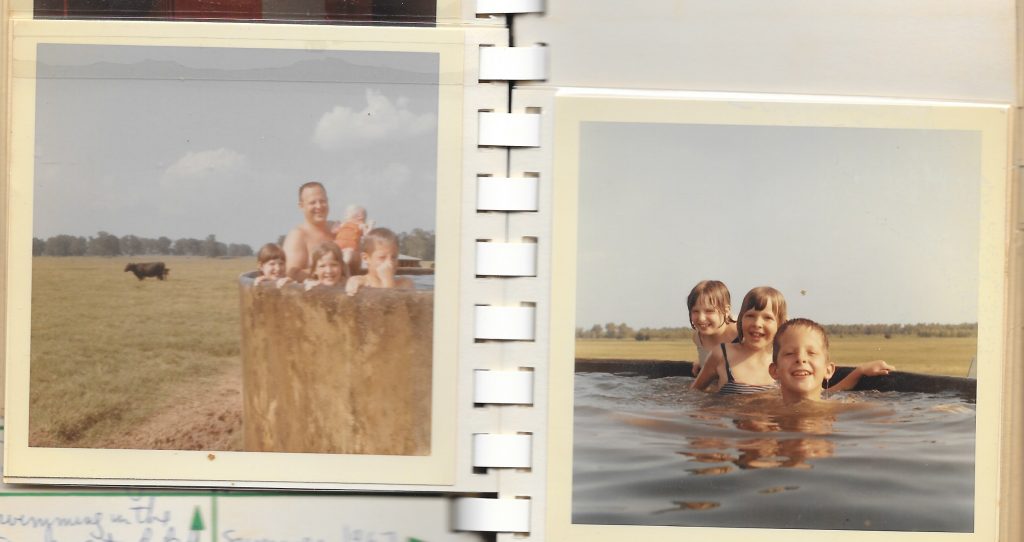
I thought if I could touch this place or feel it,
This brokenness inside me might start healing.
Out here it’s like I’m someone else,
I thought that maybe I could find myself
If I could just come in I swear I’ll leave.
Won’t take nothing but a memory
From the house that built me.
– Miranda Lambert, artist; Allen Shamblin, Tom Douglas songwriters
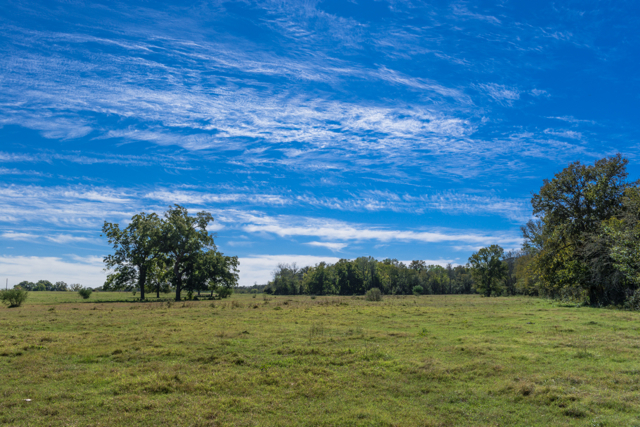
Thank you to the student who allowed me to share her work (from our Creative Nonfiction class) in this space.

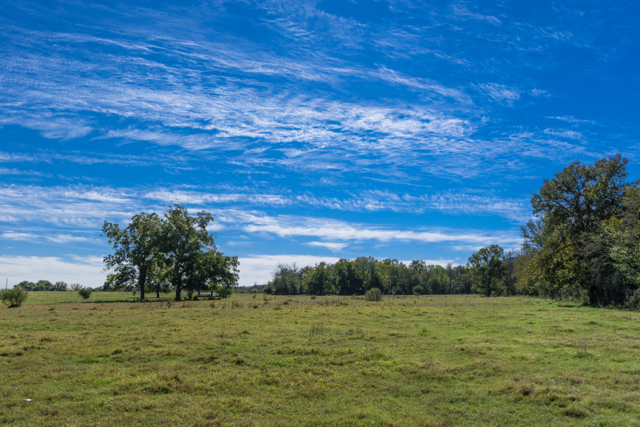
Leave a Reply